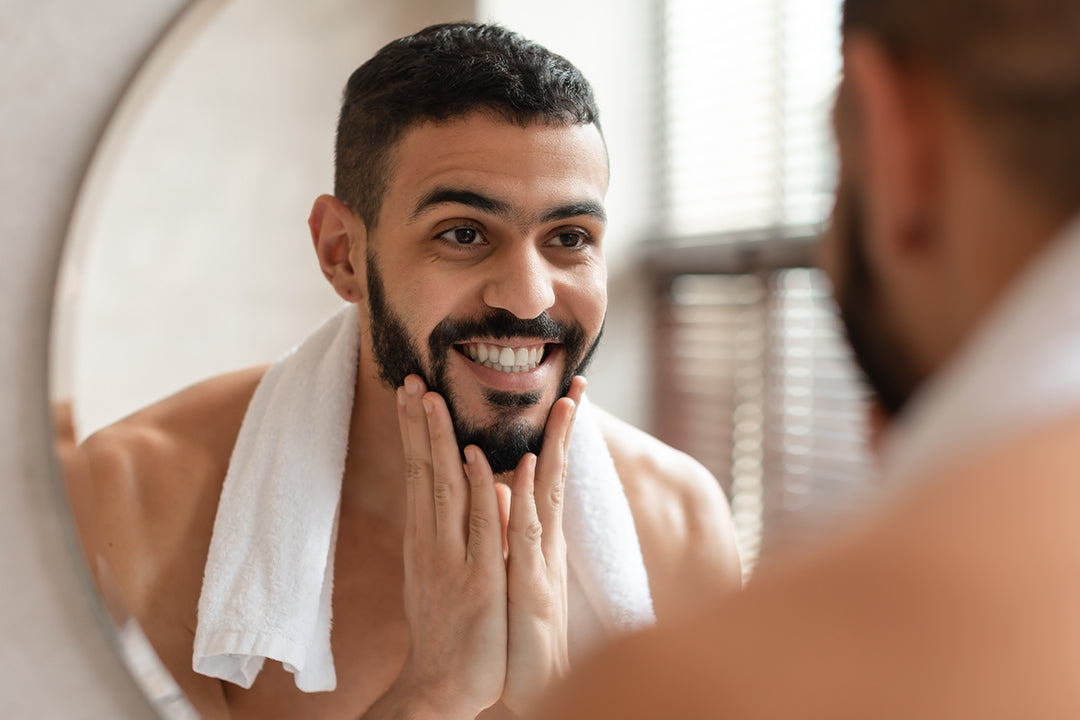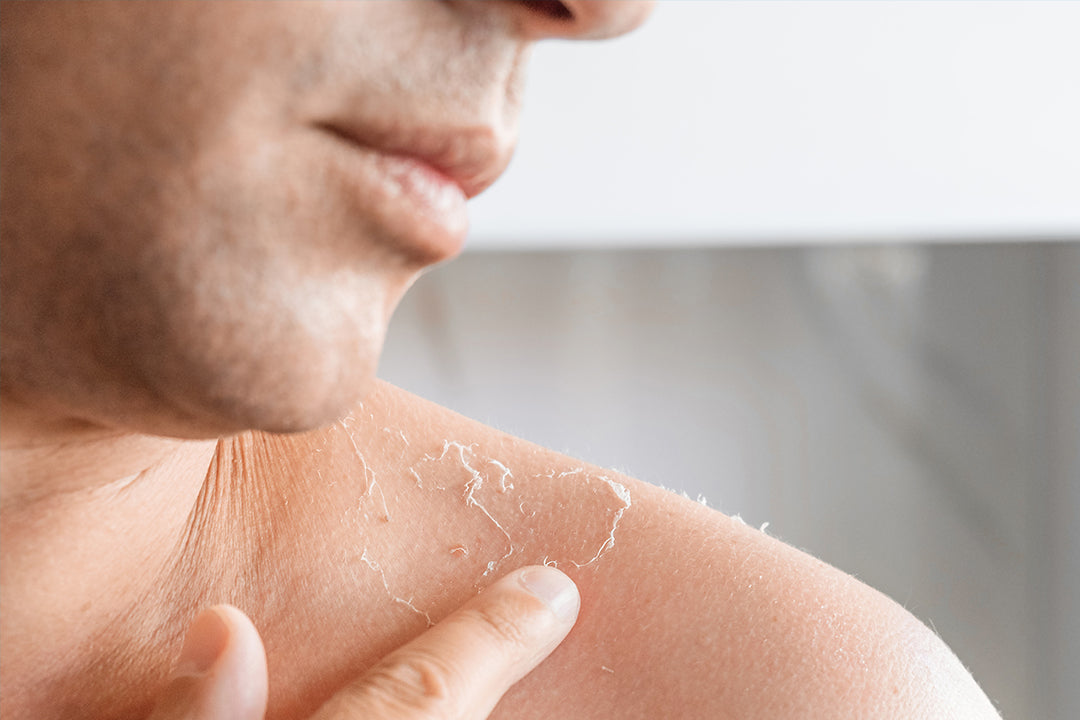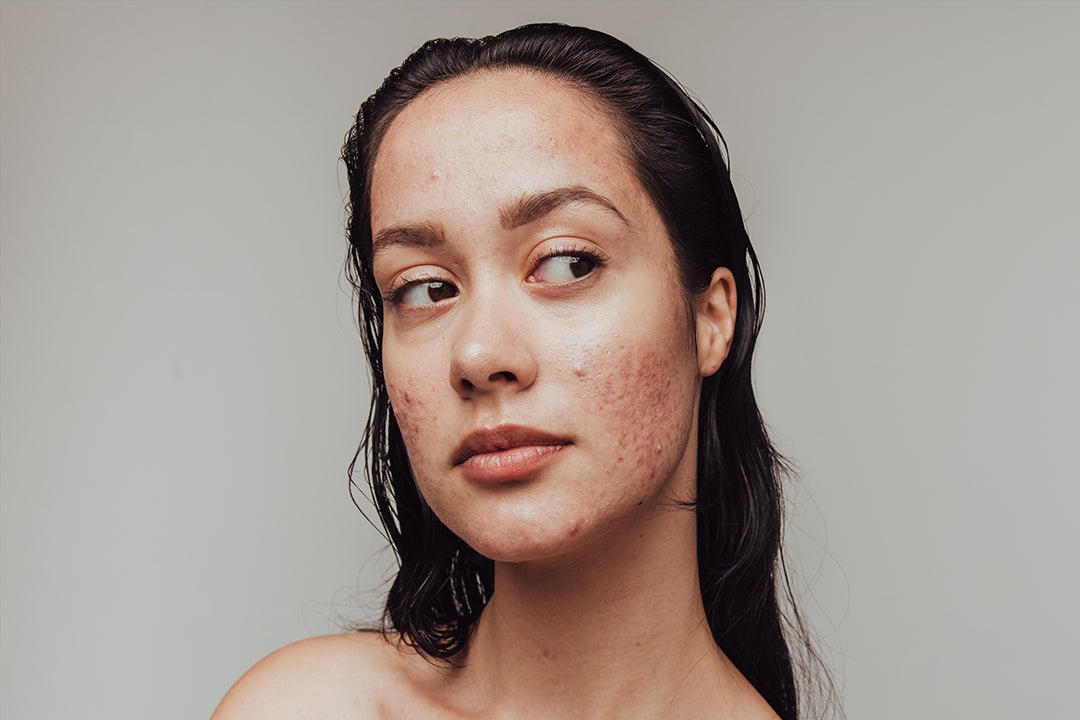Retinol has gained immense popularity in the skincare world for its anti-aging and skin-renewing properties. However, many people experience an initial phase known as 'skin purging' when they start using retinol. In this blog post, we will explore the signs of retinol purging, how long it lasts, and how to effectively treat it.
What Does Retinol Purging Look Like?
Retinol purging can often be mistaken for a regular acne breakout, but there are key differences between the two. Skin purging occurs when retinol speeds up the skin's cell turnover process, leading to the expulsion of impurities and trapped sebum. The signs of retinol purging include:
- Flaking and peeling
- Redness and irritation
- Texture changes
Signs of a Retinol Purge
During the retinol purging phase, your skin may go through various changes. These can include increased breakouts, dryness, and sensitivity. It's important to differentiate between retinol purging and an adverse reaction to the product. If you experience severe itching, burning, or prolonged redness, it may indicate a negative reaction, and you should consult a dermatologist.
How Long Does Retinol Purge Last?
The duration of retinol purging can vary from person to person. In general, it can last anywhere from a few weeks to a couple of months. The severity and duration depend on factors such as your skin's sensitivity, the concentration of retinol used, and your skincare routine. It's crucial to be patient and allow your skin to adjust to the retinol before expecting significant results.
How to Treat Skin Purging From Retinol
While retinol purging can be frustrating, there are several steps you can take to minimize its effects and promote healthy skin:
- Start with a low concentration: Gradually introduce retinol into your skincare routine, starting with a lower concentration to minimize the intensity of purging.
- Moisturize regularly: Hydrating your skin is crucial during the purging phase. Opt for a gentle moisturizer that doesn't clog pores.
- Protect your skin: Apply sunscreen daily to shield your skin from harmful UV rays. Retinol can increase sun sensitivity, so sun protection is essential.
- Keep your routine simple: Avoid using other exfoliating or active skincare ingredients while your skin is purging. Stick to a basic routine to allow your skin to adjust.
- Consult a dermatologist: If you're unsure about the severity of your skin purging or need personalized advice, it's always best to seek professional guidance.
Takeaways
Understanding the difference between retinol purging and an adverse reaction is essential for a positive skincare experience. By following these tips and being patient, you can navigate the purging phase and eventually reap the benefits of retinol for smoother and more youthful-looking skin.









